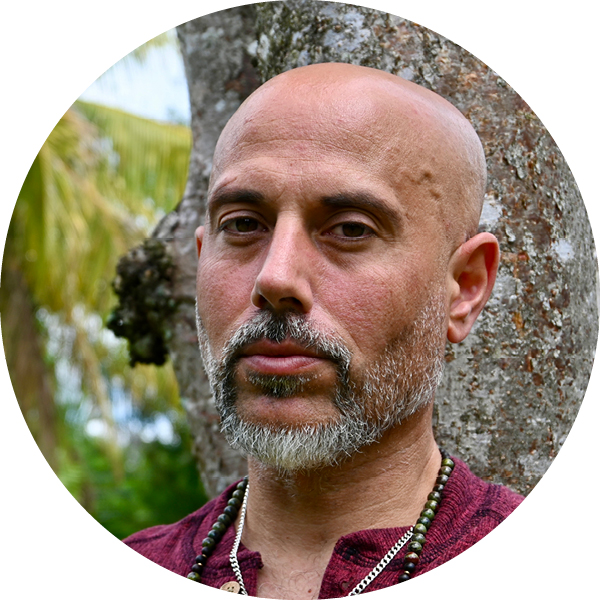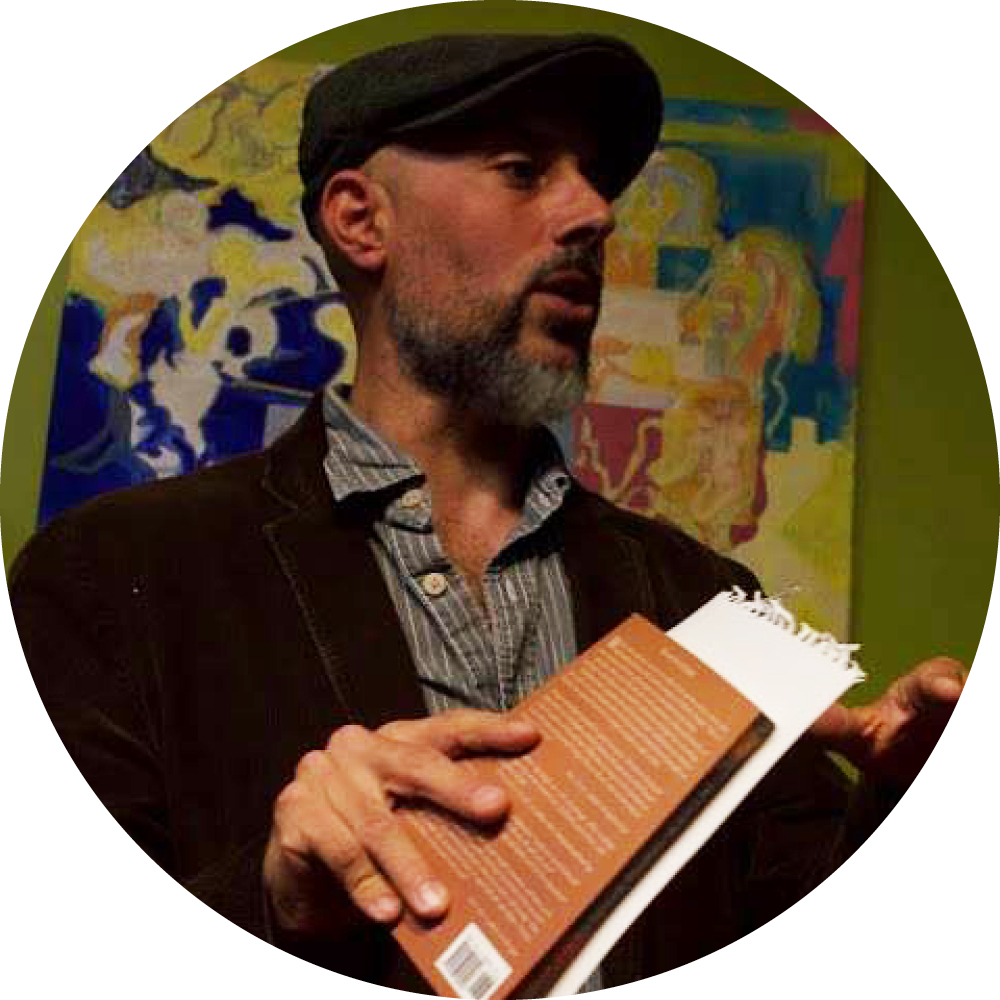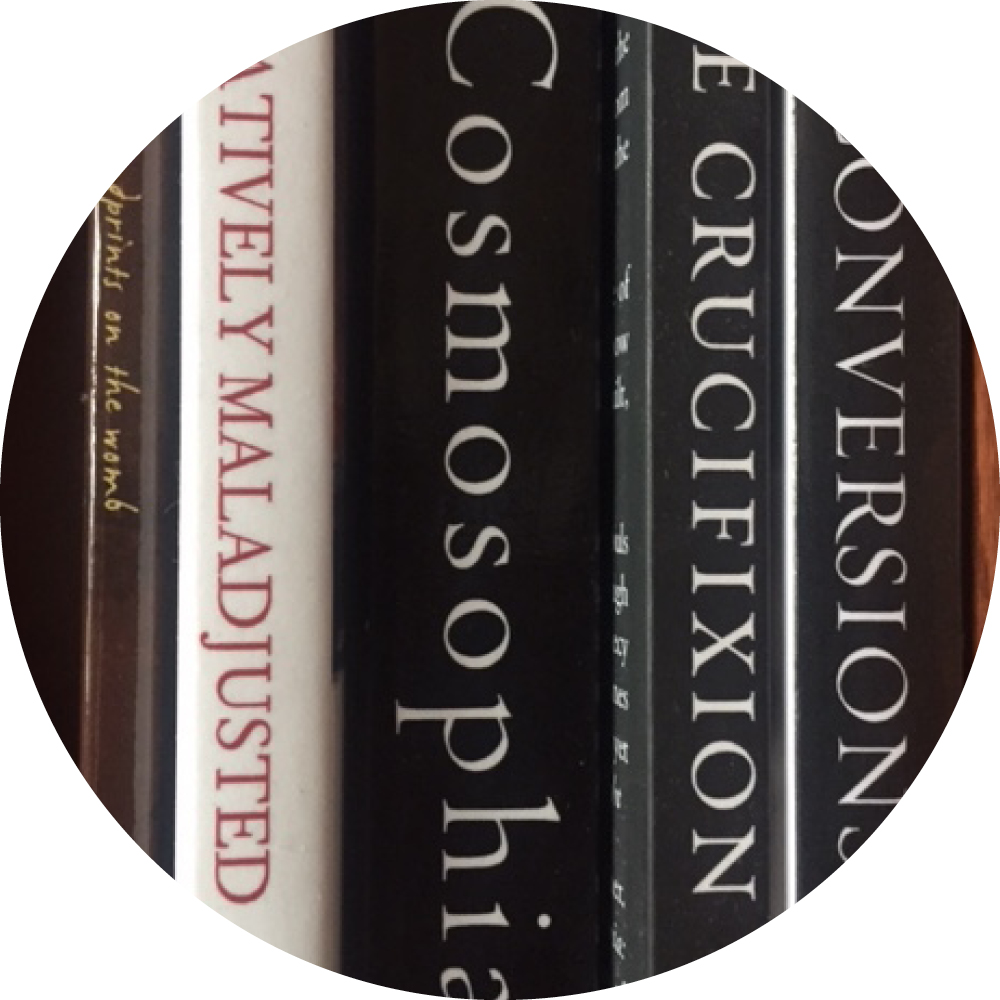Sue
By Theodore Richards
1994
A few weeks after quitting the basketball team during my junior year at The University of Chicago (philosophical differences with the coaching staff) I find myself in a pickup game at the field house, fighting over a ball screen set by a 60-year-old woman. Normally, fighting over a ball screen requires a pretty significant amount of physicality. But what can I do? She is sixty years old, or thereabouts. She can’t really play, but has nonetheless joined a game with men – most ranging from twenty to forty years younger – and has been barking orders at everyone throughout the game. As she sets the screen, I just stop. I look around. What the fuck am I doing with my life? I think.
After the game, she approaches me. She likes the way I play, she tells me. She asks me what I study, and is surprised to learn that I am an undergraduate. She asks me if I’d like to come work with her kids. “We play a lot of basketball,” she explains.
A few days later, I show up at the Sue Duncan Children’s Center, known to all as “Sue.” It is always unclear if a person is talking about Sue the person or the place. It never matters; it’s always both. We read a book with some kids then go up to the gym. She hires me on the spot.
“What is it,” she asks the children, me, herself, over and over again, “what is it that you are going to do with your life?”
1995
Sue is in tears when she comes to the door. My first thought is that it must be one of the kids. She has photo albums filled with her kids, and many of them are gone. “Ronnie was such a nice kid,” she might say, “and sharp. He was shot and killed when he was only 19.”
“What happened?” I ask, referring to the tears on this particular day.
“Ken Saro-Wiwa,” she says, holding up her New York Times. “The Nigerian poet. He’s just been executed.”
There are books everywhere. Stacks of papers, dogs running everywhere. There are two dogs at this particular point in Sue’s life. Generally, she has between one and three. There is a husky who runs circles around me. “Sit puppa,” says Sue. Each of her dogs is named some version of this: “Puppa”, “New Pup”, etc. The husky continues her circles, ignoring Sue’s pleas. Sue’s hands are full. She is carrying the other dog – named “Old Dog” – along because she can no longer walk. Old Dog is also incontinent. Many have told her to put the dog to sleep. But she cannot.
I look for a place to sit down, but there is stuff everywhere. Most of it is books, papers, and toys. There is no television, no computer. It is the 1990s and Sue still has a rotary phone.
I pick up a pile of notebooks and move them from a child’s chair. I sit and wait for Sue to get organized. It will take a while. She must clean the sick dog and, eventually, tie up the wild one.
I look up at her walls, her room. There is an organic wildness to it. The walls are covered with bookshelves and with pictures and newspaper clippings. There is no “art”; rather, the room, the walls, her life, is art.
“Why do we keep killing each other?” she asks.
She looks off out the window and exhales deeply, meaningfully.
“Maybe we are asking the wrong question,” she says.
“About?”
“Saro-wiwa. These children who have been murdered in Chicago. Life. Death. Even the luckiest of us only get a little bit of time. Maybe we should grateful that Saro-wiwa did well with the time he had.”
“He told his story,” I say.
“He was alive,” she says.
“There is little more one can ask.”
We pause again. Looking out the window at her little back yard, shaking to life even on this blustery, autumn day. In a few moments, we begin to discuss the children and their lives. Matters of Life and Death.
2000
“Why, Sue?” I ask. She knows what I mean, even though I don’t explain it. It needs no explanation.
I have just told her that I am leaving. This time, perhaps, for good.
She has always been supportive of my wandering, even if it is so far from her own path. When I tell her, she only holds her dog and looks out across her yard, to the garden that she has described as her salvation. Gardens, children, books. These are her gods.
She has spent most of her life on the south side of Chicago, even if remnants of a New England accent linger on her tongue. She has seldom traveled. There were years when she seldom even took a day off. Even Christmas.
I am there to talk about the children and about the center. These things are her life. Inseparable from who she is. I tell her about what’s going on with the Hunter family, the Hughes family, the Freemans and Lewises. She nods. Damion Hunter is contemplating his next steps, thinking of college, I tell her.
It is summer now. Sue is hot and uncomfortable. More than once, she has told me that she prefers the winter. This is partly due to the fact that she sweats in the heat, but also because Chicago’s summers bring guns and death. I know this, and don’t have to ask why.
But when I tell her about my plans to leave, she tells me how she decided to stay, how she never felt the urge to wander off. Never even to pause to celebrate a holiday. This is when I ask her.
Why?
“We all have to choose what to do with our lives,” she says, “to do something good with the little time we have.”
There is a pause, as always, as she seems to sniff the air and listen for squirrels like her dogs.
“So what is Damion Hunter doing?” she asks. I begin to tell her that I’ve already told her that. Then I stop, realizing that this is the stuff of the conversations we have with the people we love. We listen to the same stories. Answer the same questions. We try to remember each other, not the details.
I begin to tell her again as the late summer air, thick with Lake Michigan and Chicago grime, begins to cool. She will ask and re-ask about the children and their families. I wonder what this means.
2015
I have only ever visited Sue at her house. And really, I’ve rarely ever seen her anywhere other than her house or the Children’s Center. Only in worlds of her making. Messy places.
Now, I am standing in the lobby of the assisted care facility that is her new home. Cosima is there with me. She knows Sue, has seen her many times. But I have to explain and re-explain the idea of Alzheimer’s.
The building is fine, I guess. It’s sterile. There is security. The guard is polite and business-like. He is the opposite of Stinea, the loveably foul-mouthed parent who used to sit by the center’s door and read romance novels.
When we reach the room, Sue is lying down, semi-conscious, on the sofa in her room. Dorothy sits in a chair next to her. Dorothy comes every day, Dorothy who is a great grandmother and who still cares for her adopted children, and for their children, comes every day to care for Sue, to see if she can get her to eat something. Sue’s breakfast is getting cold.
Dorothy greets me warmly. She says hi to Cosima, who waves shyly. Cosima is a shy child, at times, and she senses the absurdity of this place, of Sue’s presence there.
Sue’s daughter has tried to bring her into to her home, but Sue escaped. She’s become impossible to care for. She’s fallen and injured herself. She won’t take medication. No one wanted her to be sent here. There are, in many cases, no good choices to be made, only bad ones. Sue understands this much, at least.
Dorothy tells Sue I am there, in her room. She awakes from her reverie and looks around the room. She seems to recognize me. She will recognize me long after she’d forgotten many others. I was central to her work, there every day. There is nothing that defines her more.
I explain that Cosima is my daughter. Her eyes go wide. I pull out a photo from my pocket. My family. I point to the people in the photo, explaining who they are. She asks what I am doing with my life. I say that I am writing, that I work with teens to give them the chance to tell their story. She nods – in approval, I think.
“This place,” she says, “They’ve got me in a prison here.”
I can only nod sadly as Cosima squirms uncomfortably. Sue smiles at her, the instinct to tune into the little ones still there. Cosima softens. Sue looks around for a toy or pinecone, something to give her. But there is nothing. This place is too clean.
Sue stares off for a moment, as if she’s lost to us again.
“Are you coming to the center today?” she asks.

Re-sources
Re-Imagining Education

Empowering educators to take a deeper look at the stories told in our schools and to re-imagine them in transformative and
nurturing learning spaces.
Learning Opportunities

Classes, workshops, and lectures that help to empower people to re-imagine who they are and their place in the world.
Get Involved

Help the Chicago Wisdom Project realize its mission to re-imagine education through holistic programming that transforms individual, community and world through creative expression.
